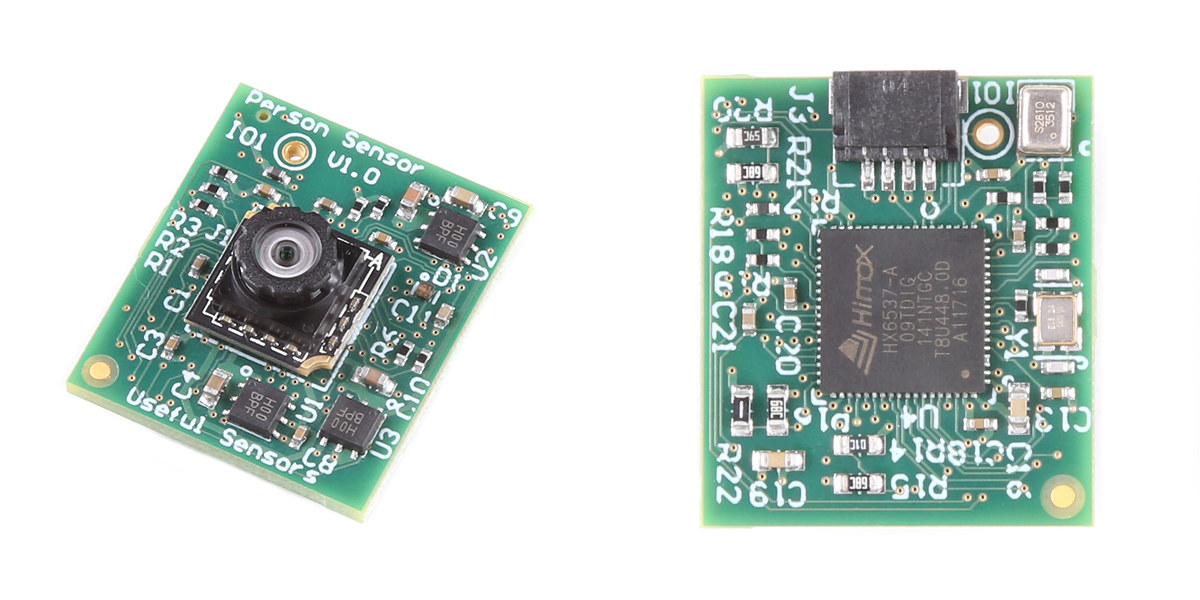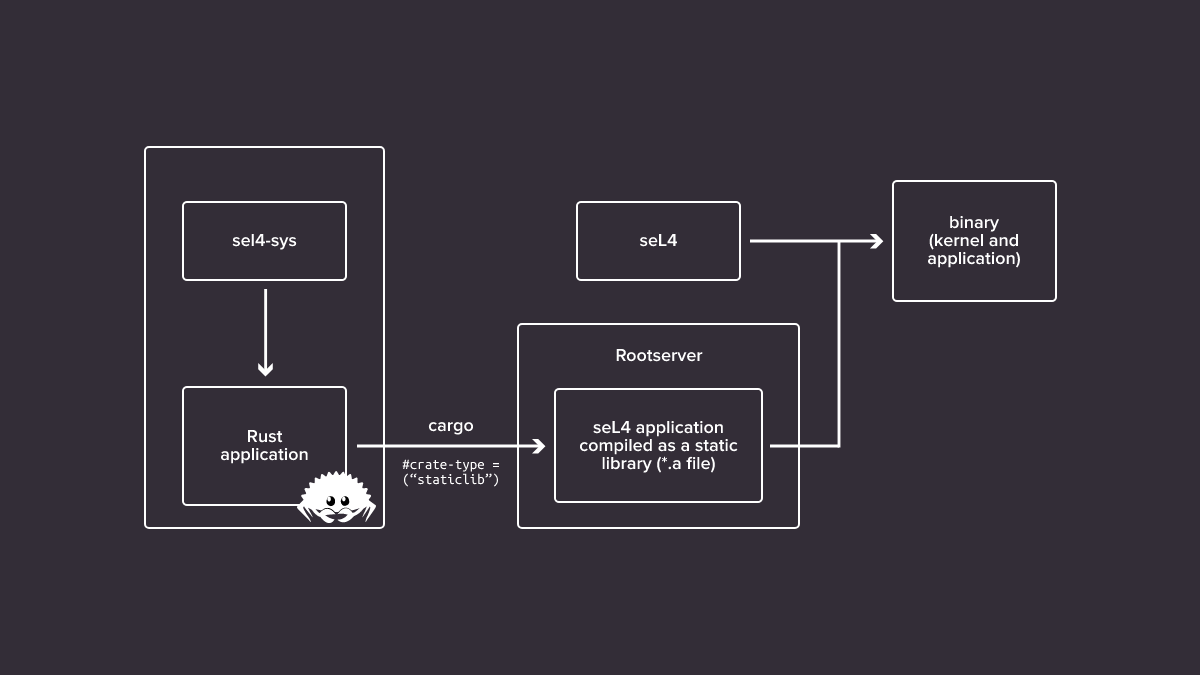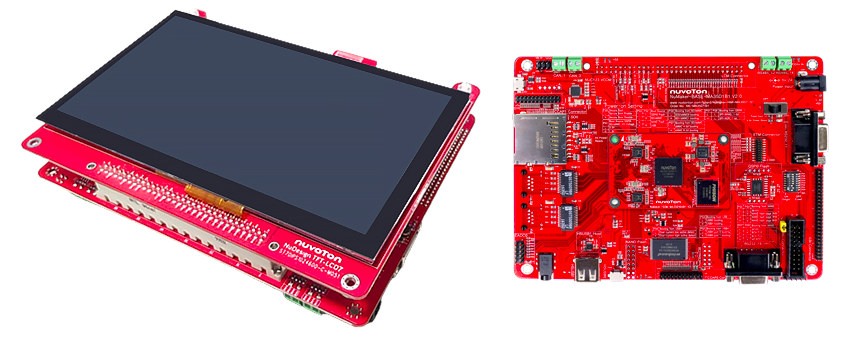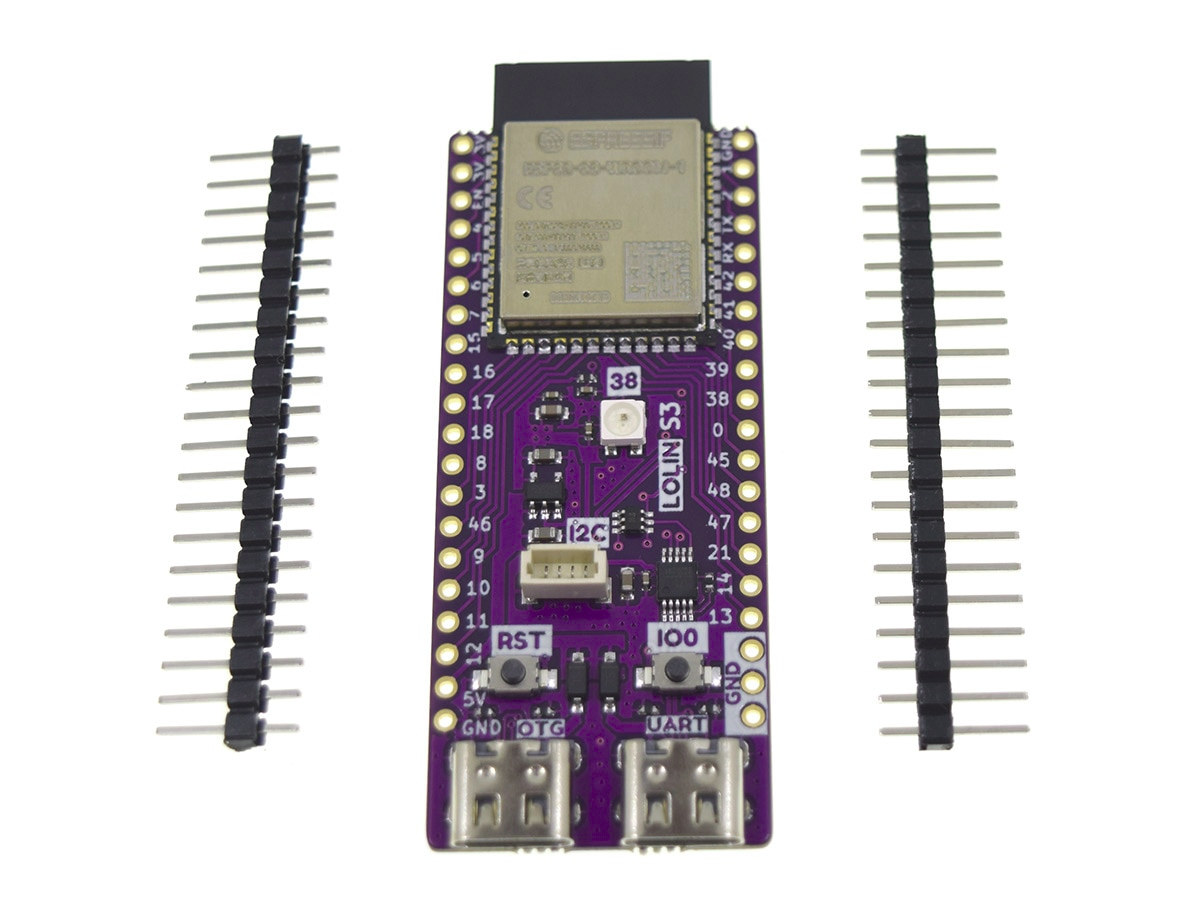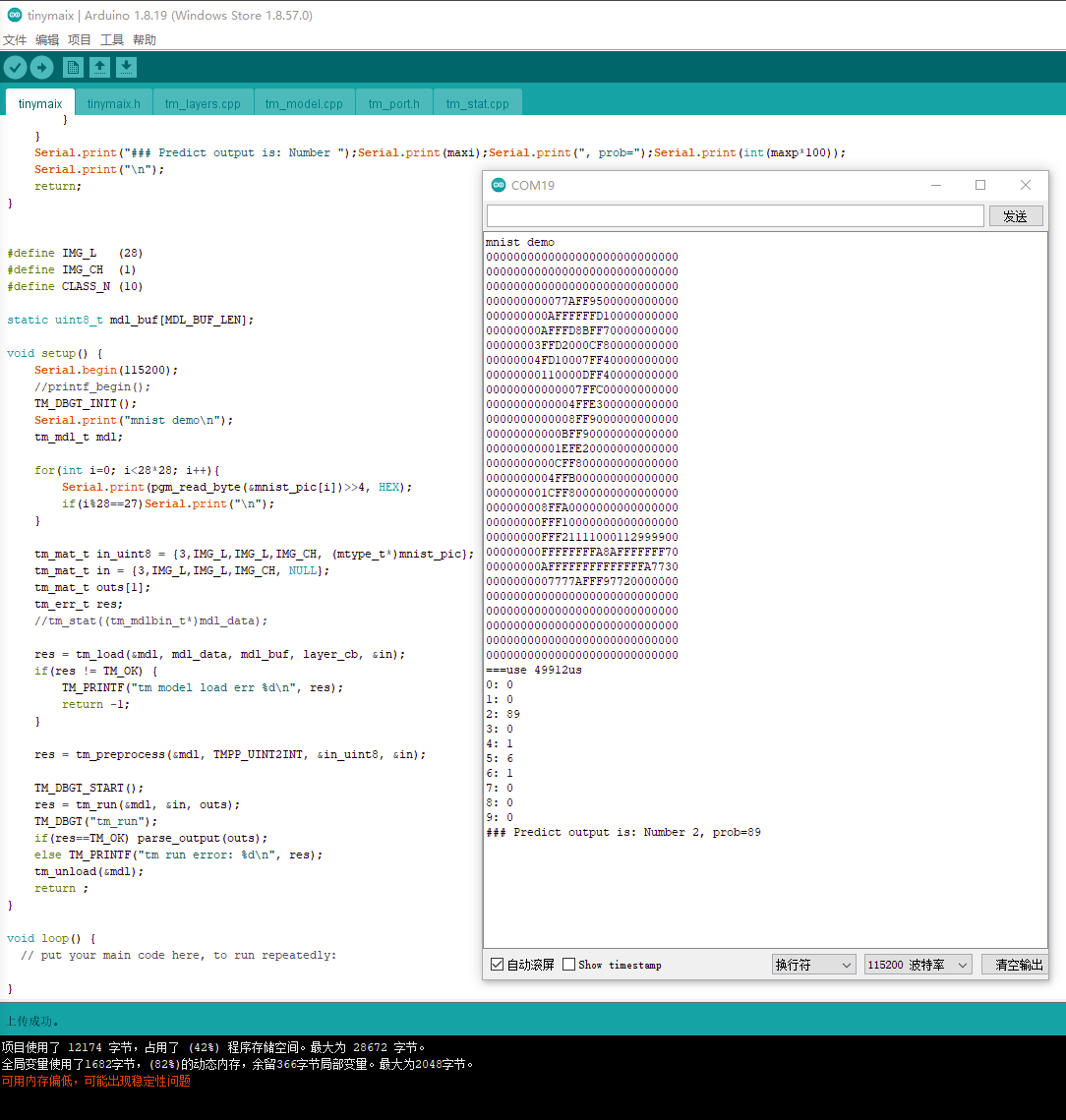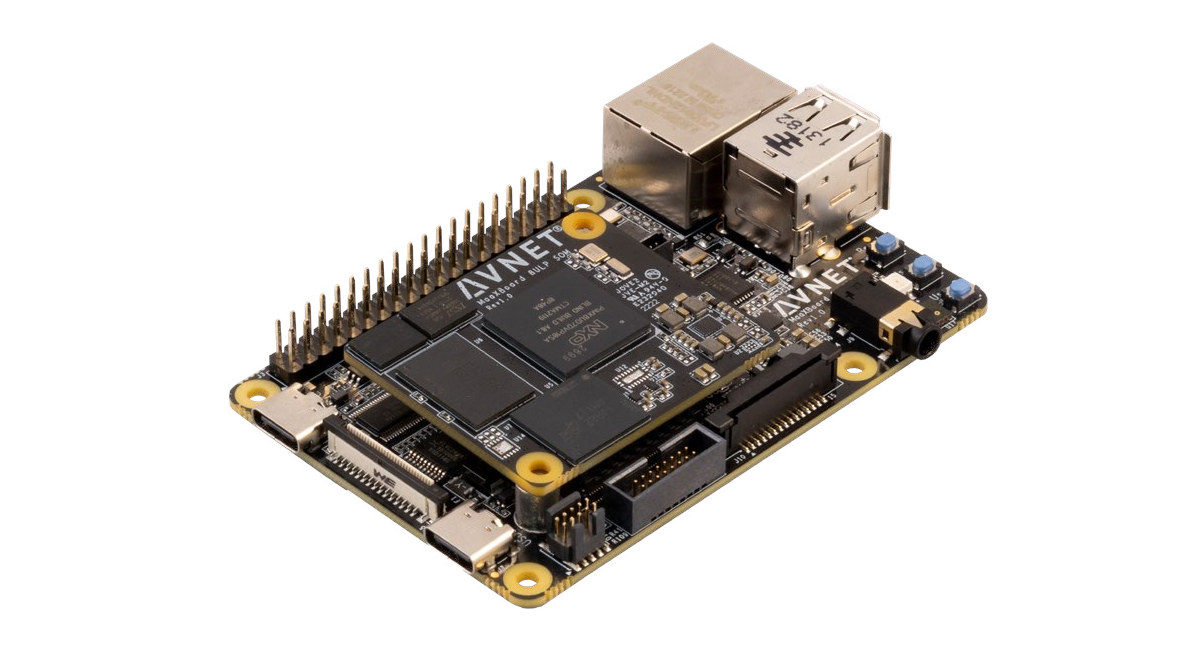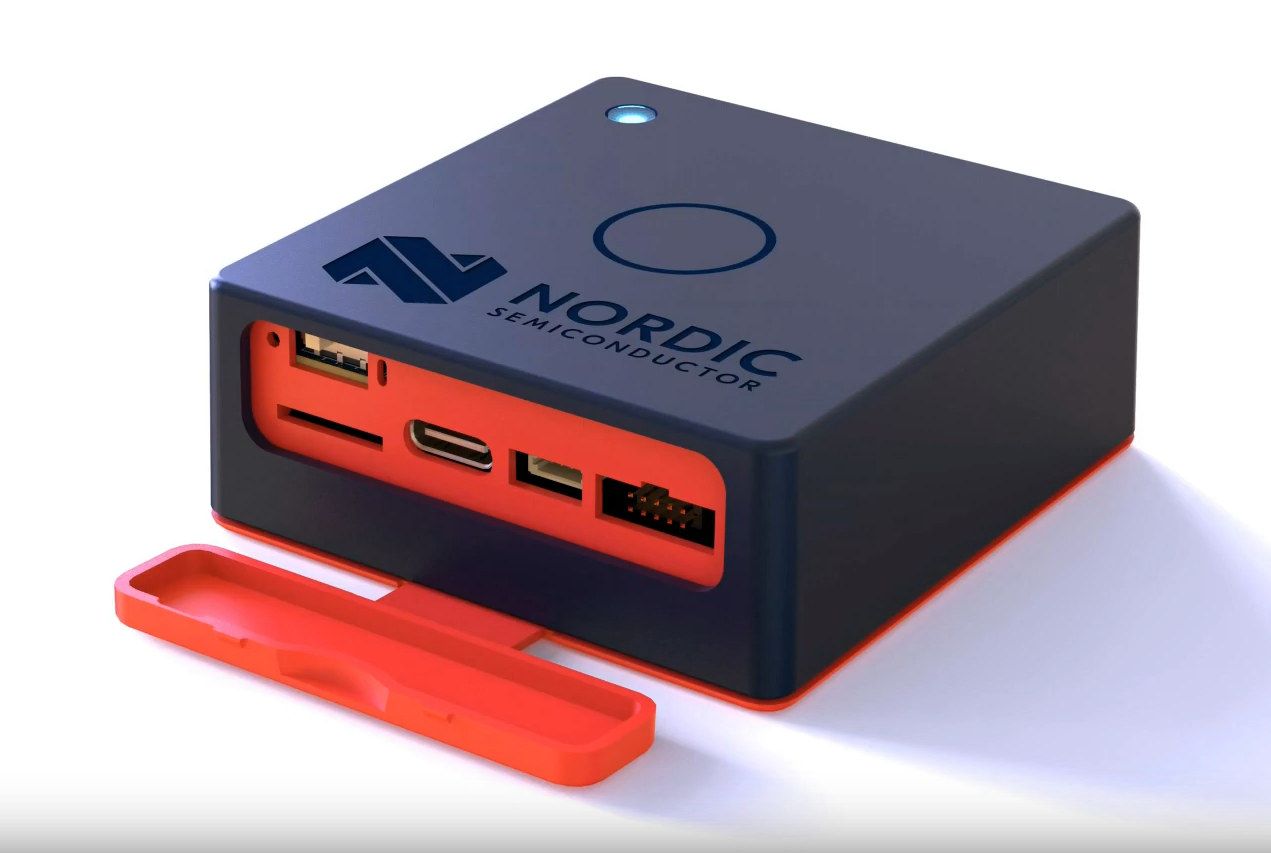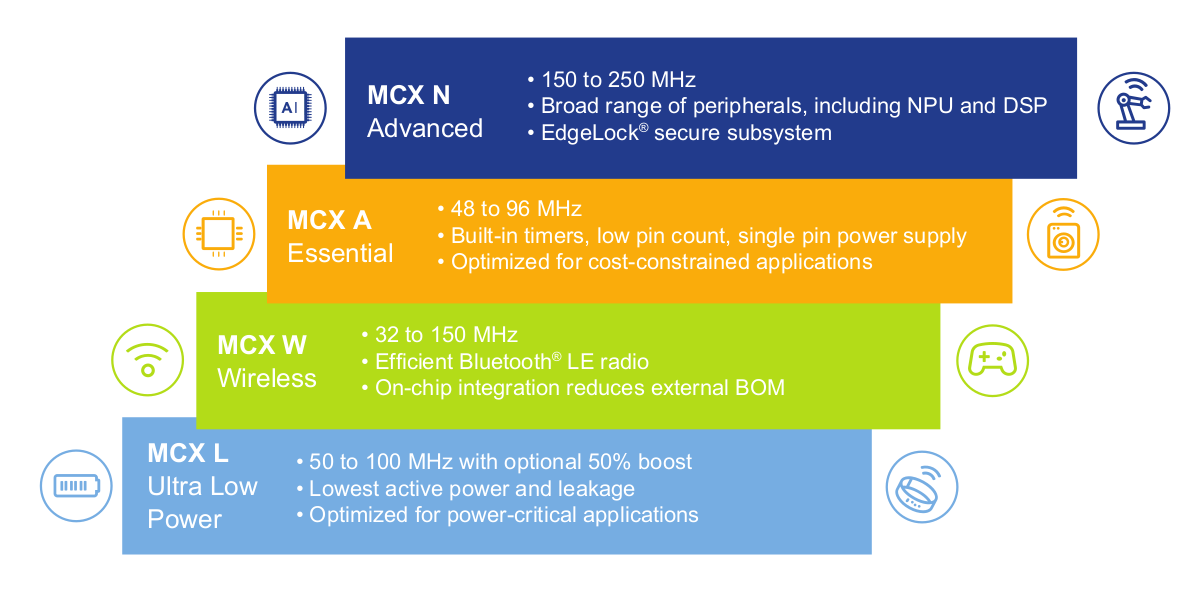It’s now much easier to AI features to your project thanks to better tools, but as we’ve experienced when trying out Edge Impulse machine learning platform on the XIAO BLE Sense board, it still requires some effort and the learning curve may be higher than some expect. But for common tasks like face detection, there’s no reason for the solution to be hard-to-use or expensive, and Pete Warden (Useful Sensors) has designed the $10 Person Sensor fitted with a camera module pre-programmed with algorithms that detect nearby faces and reports the results over an I2C interface. Person Sensor specifications: ASIC – Himax HX6537-A ultra-low-power AI accelerator @ 400 MHz with 2MB SRAM, 2MB flash Camera Image Sensor – 110 degrees FOV Image scan rate – 7Hz with no facial recognition Image scan rate – 5Hz with facial recognition active Host interface Qwiic connector for the I2C interface up to […]
Google KataOS – A secure OS for embedded systems written in Rust (mostly)
Google Research has been working on its own Rust-based operating system called KataOS and designed to secure embedded systems that run Machine Learning (ML) applications. There has been a lot of talk about the Rust programming language in recent times, since it offers about the same level of performance as C programming but helps programmers write more secure code with built-in prevention against buffer overflows for instance. It has gained a lot of traction over the years, and Linux 6.1 will be the first kernel release to include Rust code. Google Research noticed that system security is often treated as a feature that can be added to existing systems either by software or an extra security chip. But in a world, where more and more of our private data is exposed to the world through the Internet, it is not good enough, so the company developed KataOS open-source, secure operating […]
Nuvoton NuMicro MA35D1 Arm Cortex-A35/M4 microprocessor to power Linux edge IIoT gateways
Novoton NuMicro MA35D1 microprocessor features two Arm Cortex-A35 cores, one Arm Cortex-M4 real-time core, and two Ethernet interfaces for Linux-based edge IIoT gateway. The SoC also is offered in variants supporting external DDR memory or integrated up to 512MB RAM, 154 or 208 GPIOs, and an optional “Enhanced ADC”. The MA35D1 also comes with a TFT interface for up to 1920×1080 displays, several hardware security features, and the company says the microprocessor facilitates Tiny AI/ML for edge computing despite not integrating an AI accelerator. Nuvoton NuMicro MA35D1 key features and specifications: CPU sub-system 2x Cortex-A35 cores running at up to 800 MHz Cortex-M4 real-time core at up to 180 MHz Memory sub-system On-chip 384 KB SRAM (Cortex-A35 256 KB + Cortex-M4 128 KB) Multi-Chip Package (MCP) DDR up to 512MB External DDR interface for MA35D16A087C SKU Storage Quad SPI NAND Flash Controller Secure Digital Host Controller (SDHC) Display and Video […]
$7 Lolin S3 ESP32-S3 board ships with MicroPython firmware
Lolin S3 is the first ESP32-S3 board from the company, but instead of using the more compact D1 mini form factor, the board features a longer design with two rows of 20 pins offering up to 31 GPIOs. Based on ESP32-S3-WROOM-1 module, the board features 16MB QSPI flash, 8MB SPRAM, two USB Type-C OTG and UART ports, a Lolin I2C port, an RGB LED, as well as Reset and user buttons. Lolin S3 specifications: Wireless module – ESP32-S3-WROOM-1 module with: Espressif Systems ESP32-S3 dual-core Tensilica LX7 @ up to 240 MHz with vector instructions for AI acceleration, 512KB RAM, 2.4 GHz WiFi 4 and Bluetooth 5.0 LE with support for long-range, up to 2Mbps data rate, mesh networking 16MB QSPI flash 8MB PSRAM PCB antenna USB – 2x USB Type-C ports, one OTG port, one UART port for programming and debugging Expansion 2x 20-pin headers with up to 31x GPIO, […]
TinyMaix is a lightweight machine learning library for microcontrollers
Sipeed TinyMaix open-source machine learning library is designed for microcontrollers, and lightweight enough to run on a Microchip ATmega328 MCU found in the Arduino UNO board and its many clones. Developed during a weekend hackathon, the core code of TinyMax is about 400 lines long, with a binary size of about 3KB, and low RAM usage, enabling it to run the MNIST handwritten digit classification on an ATmega320 MCU with just 2KB SRAM and 32KB flash. TinyMax highlights Small footprint Core code is less than 400 lines (tm_layers.c+tm_model.c+arch_O0.h), code .text section less than 3KB Low RAM consumption, with the MNIST classification running on less than 1KB RAM Support INT8/FP32 model, convert from keras h5 or tflite. Support multi-architecture acceleration: ARM SIMD/NEON, MVEI, RV32P, RV64V (32-bit & 64-bit RISC-V vector extensions) User-friendly interfaces, just load/run models Supports full static memory config MaixHub Online Model Training support coming soon Sipeed says there […]
MaaXBoard 8ULP SBC leverages NXP i.MX 8ULP Cortex-A35/M33 SoC for Edge audio and HMI applications
Avnet MaaxBoard 8ULP will be one of the first single board computers (SBC) based on the new NXP i.MX 8ULP Cortex-A35/M33 processor designed for Edge audio and HMI applications, and featuring NXP’s EdgeLock for device-to-cloud security. The board will come with 2GB RAM, 32GB eMMC flash, a MIPI DSI display connector, a MIPI CSI camera connector, Fast Ethernet and WiFi 5 connectivity, a digital microphone, and a 3.5mm stereo audio jack, and provide expansion capabilities via a 40-pin header for Raspberry Pi HATs and a 16-pin Shuttle Click header for MikroE Click add-on boards. MaaXBoard 8ULP SBC specifications: SoC – NXP i.MX 8ULP processor with 2x Arm Cortex-A35 core @ 1.0 GHz, 1x Arm Cortex-M33 real-time core @ 216 MHz, 1x HiFi 4 audio DSP @ 600 MHz, 1x Fusion DSP @ 200 MHz for low-power voice and sensor hub processing, as well as 2D and 3D GPUs and 768 […]
Nordic Thingy:53 is a dual-core Arm Cortex-M33 platform for IoT prototyping
As one should have expected after Nordic Thingy:52 and Thingy:91 IoT devkits were introduced in 2017 and 2019 respectively, the Norwegian company has now launched the Thingy:53 platform based on Nordic Semi nRF5340 dual-core Arm Cortex-M33 SoC for IoT prototyping with Bluetooth Low Energy, Thread, Matter, Zigbee, IEEE 802.15.4, NFC, and Bluetooth mesh RF protocols. The development kit also incorporates the nPM1100 PMIC and nRF21540 Front End Module (FEM), a power amplifier/low noise amplifier (PA/LNA) range extender, as well as multiple motion and environmental sensors, as well as a rechargeable 1350 mAh Li-Po battery for power. Nordic Thingy:53 specifications: SoC – Nordic Semi nRF5340 SoC with 128 MHz Arm Cortex-M33 Application core with 1 MB Flash + 512 KB RAM, and a 64 MHz Arm Cortex-M33 Network core with 256 KB Flash + 64 KB RAM Wireless connectivity RF front-end nRF21540 FEM Protocols – Bluetooth LE, Bluetooth Mesh, NFC, Thread/Zigbee, […]
NXP unveils MCX general-purpose Arm MCU family with 30x faster machine learning performance
NXP has announced a new MCX general-purpose Arm Cortex-M MCU family designed for advanced industrial and IoT edge computing and integrating an NXP neural processing unit (NPU) capable of delivering over 30 times higher performance than running the AI inference tasks on an Arm Cortex-M33 core alone. The new MCX portfolio builds upon the earlier NXP LPC and Kinetis microcontroller families, but does not replace these, and aims to improve machine learning performance and security for a variety of applications including machine learning, wireless, voice, motor control, analog, and more. The new MCX family will be available in four series: MCX N Advanced series Designed for secure, intelligent applications 150 MHz to 250 MHz Neural processing unit (NPU) and DSP for real-time inference EdgeLock Secure Subsystem MCX A Essential series Optimized to provide critical functionality for applications such as motor control 48 MHz to 96 MHz Built-in timers, low pin […]


